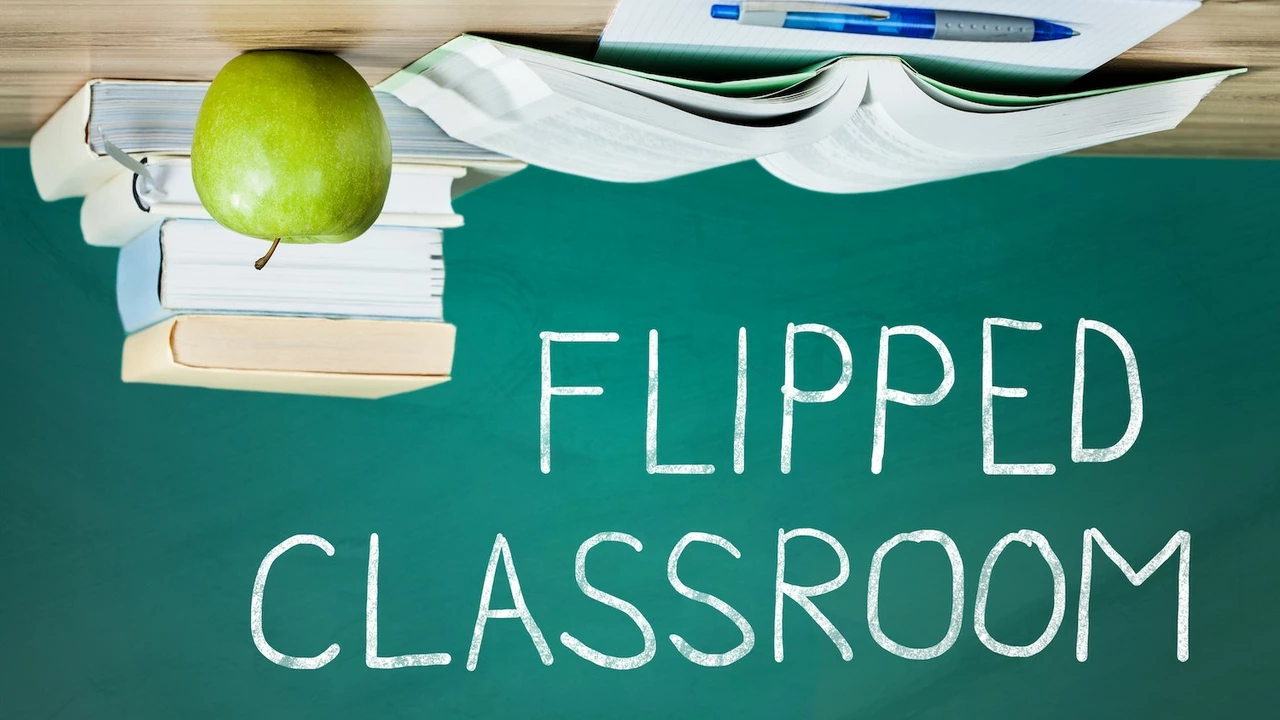Unboxing the Flipped Classroom Model
As a kid, when I heard the term ‘classroom’, it invoked images of a stern teacher scribbling on the blackboard, while all of us students hastily tried to keep up. Traditional classroom teaching has always been about students passively receiving information. But that's changing, thanks to a recent pedagogical shift: the flipped classroom model. For those who aren't familiar, this innovative approach involves the students studying the lesson on their own at home, then coming into school to do their 'homework' through collaborative, interactive exercises. When used effectively, it can transform classrooms into dynamic learning environments. I remember a course I took last year, where the teacher had used the flipped classroom model. From my perspective, it was one of the most engaging learning experiences I've ever had.
Taking Learning Beyond Lecture Halls
Moving away from the traditional "sage on the stage" approach, the flipped classroom revolutionizes the flow of information from teacher to student. Content that typically would have been delivered in a lecture is now learned at home at the student's own pace, using materials provided by the teacher. This allows students to better absorb and understand course material. I used to find it challenging to keep up with particularly rapid lectures, but with the flipped classroom, I could pause, go back, and ensure I fully understood the material before moving on.
But what about homework, you might wonder? The concept, along with its often negative connotations, has been revitalized. The classroom, instead of being a place for note-taking, becomes a hub for discussion, problem-solving, and other interactive activities, guided by the teacher. So, homework becomes an active, collaborative process, rather than an isolated slog. This approach allows learning to truly extend beyond the four walls of the classroom. I recall when I first experienced this change; it felt like the doors to knowledge had been swung wide open.
Engaging Students with Interactive Exercises
The meaningful and active engagement that the flipped classroom model promotes is one of its most appealing aspects. Let me elaborate on this. Suppose my wife Elsa was struggling with a complex algorithm during her solo learning time. In a traditional classroom, she might have had to grapple with this on her own. However, in the flipped model, she has an opportunity to bring her doubts to class, discuss them with classmates and clarify them with the teacher. This makes each classroom session a rich collaborative learning experience.
The Digital Shift – More than Just E-Learning
The digital transformation of education is simply astoundingly fast. The flipped classroom model is more than just an evolution of e-learning, where students simply watch videos instead of attending lectures. It’s an opportunity to truly engage with the material; to be immersed in it. Using digital tools, teachers can track each student's progress and tailor their teaching approach to meet individual needs. What’s even better, they can provide instant feedback, allowing for rapid improvement. Online learning platforms foster a flexible, personalized learning environment that supplements classroom activities, instead of substituting them.
A crucial point about the flipped classroom model is that it doesn’t eliminate the teacher’s role. On the contrary, it amplifies it. Teachers become facilitators, orchestrators of in-depth learning, and guides in a learning process that is more student-centered than ever. Certainly, this involves investing time in developing appropriate resources for self-study and designing meaningful classroom activities. But the rewards, I firmly believe, far outweigh the effort. It’s a win-win situation where students are more engaged, and teachers experience the joy of successful student learning.
Rethinking Traditional Teaching Methods – Overcoming Obstacles
Yes, the flipped classroom model challenges the status quo and demands a shift in mindset from both educators and students. There might be resistance initially, from teachers who need to remake their curriculums in this new light, as well as from students who are used to the spoon-feeding typical of traditional classrooms. Transitioning to the flipped classroom model is not a cakewalk, but the investment and commitment from everyone can make this reinvention of the classroom an exciting journey.
Barriers to the widespread adoption of this learning model can often be socio-economic factors or lack of digital literacy. As fantastic as the flipped classroom is, it can't work without internet access, a critical factor that we often take for granted. So, we have some work to do in regard to bridging the digital divide to facilitate wider adoption. It’s going to take significant efforts, but hey, Rome wasn’t built in a day, right?
So, is the flipped classroom model the future of education, or is it just another trend? Only time will tell. For all I know, a decade from now, we might be looking at a whole new approach to education. But, for now, the flipped classroom model is redefining teaching methods and opening up a world of opportunities for millions of students. And for someone who loves seeing old paradigms overturned like myself, that’s the sort of progress that gets me excited about the future of education.
So, get flipping, folks! Let's usher in an era where students are active participants of their learning, where classrooms buzz with curiosity and critical thinking, and where education becomes a journey of discovery rather than a race to memorize facts. I, for one, can't wait to see where this adventure takes us.

Write a comment